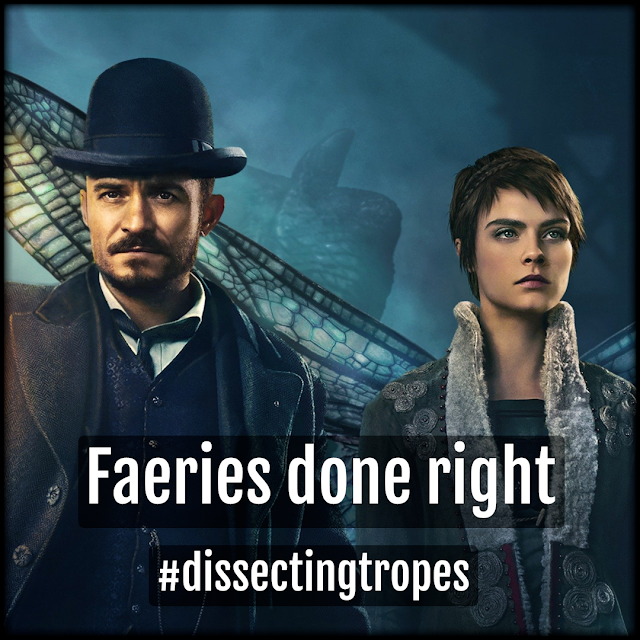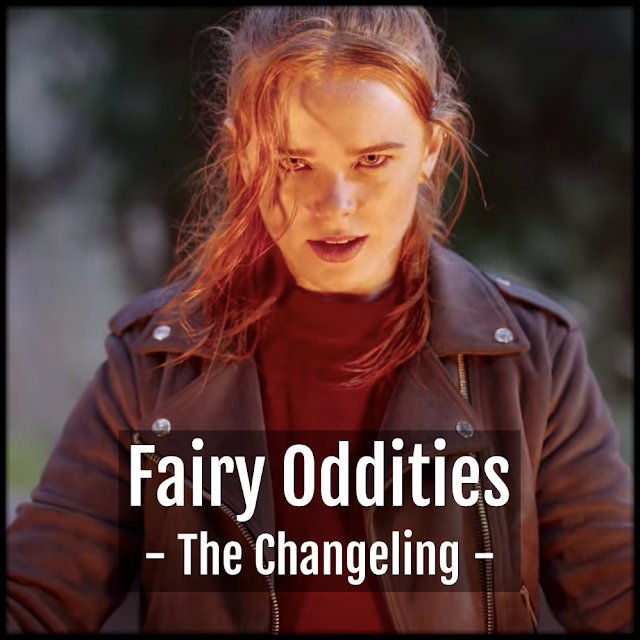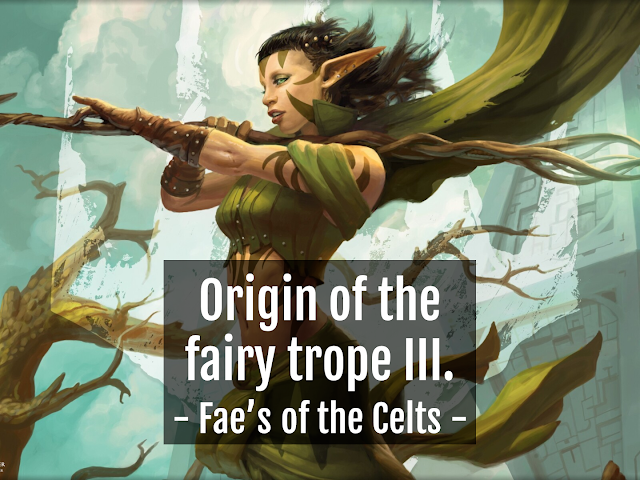Life, books, and lack of luck - An update
We haven’t written a blog post in a while, but I’d like to give you all some updates about us and our work. We were quite occupied with life lately, and that distracted us from writing and even more from marketing our books, which is clearly shows on our sales reports. :D But good things are happening so I guess once in a while it’s fine that we live more in the real world than in our fictional ones. The first good news is that now we are officially married! It was a very sudden decision and we made everything work within a month. We had a very little ceremony in the office with our parents, Dar’s sisters and with two of our friends and their partners being best man and maid of honor, but my mother’s conviction is that one of the secrets of long marriage is to have a very little wedding. I don’t think that’s true, but we are not sad that we didn’t have a big celebration with 100+ people there. We also found our new home! We live in the heart of Budapest in a little flat, and...





